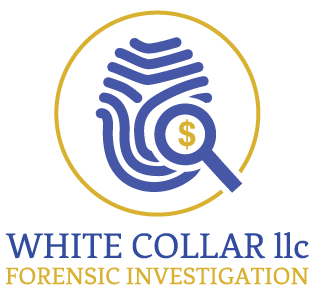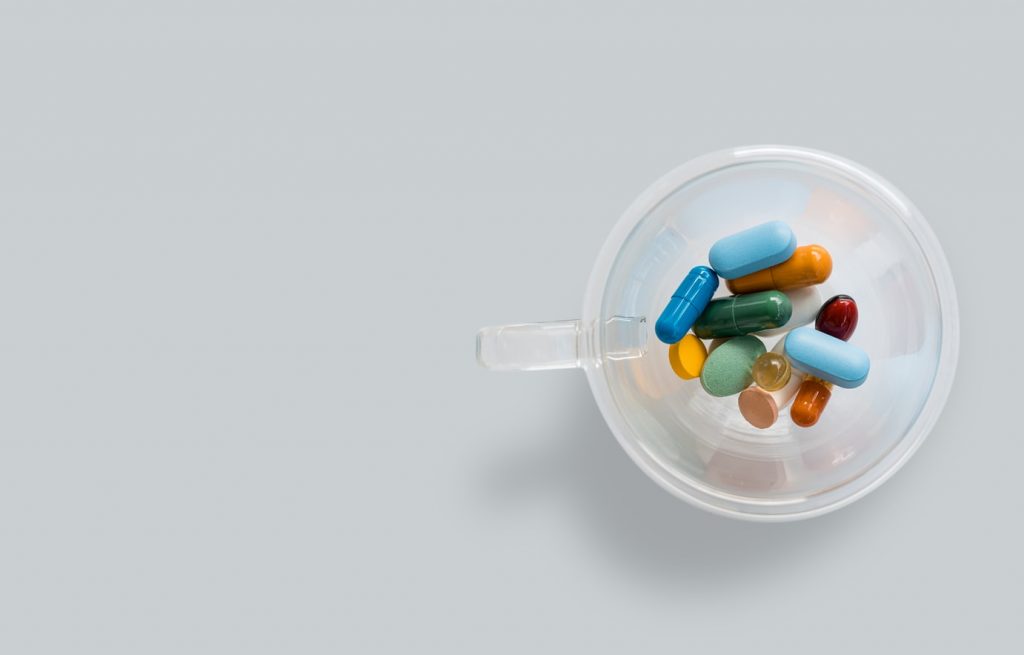With the advent of the current and ever-growing opioid crisis across the United States we are seeing more than 115 Americans die every day, this according to the National Institute on Drug Abuse. These deaths are solely related to overdoses stemming from misuse and strong addictions to opioids.
Opioids are simply a narcotic pain medication and include the illegal drugs one might normally think of when the term is mentioned; heroin and opium. However, they also include a significant number of legal drugs which most of us have heard of or even been prescribed, including codeine, morphine (e.g. Kadian, MS Contin), fentanyl, hydrocodone (e.g. Lorcet, Lortab, Vicodin), hydromorphone (e.g. Dilaudid, Exalgo), meperidine (Demerol), oxycodone/ acetaminophen (e.g. Percocet), and oxycodone (Oxycontin). These are all intended to be taken orally, except for fentanyl which comes in a transdermal patch.
The Centers for Disease Control estimate that the misuse of opioids (legal and illegal) cost approximately $79 Billion annually when time lost at work, treatment for addiction, actual healthcare and criminal activities are considered. This staggering cost must lead to the obvious question: how did it go so far wrong?
The truth is in the late 1990’s, drug companies assured the American public and the medical communities across the U.S. that prescription opioids would not lead to addiction. Trust among all involved led to misuse of the drugs prior to evidence that the drugs could and would lead to addiction if not used properly. The word addiction, alone, may not be the best way to label these drugs; perhaps “highly addictive” would be a better description, given that in 2015 over 33,000 Americans died via opioid overdoses. With over two million in the U.S. affected by substance abuse and almost 600,000 affected by heroin addiction the next question to ask is from where does the access to these addictive drugs come?
Of course, many physicians are blamed, often inappropriately, for prescribing narcotic pain relievers to patients who then abuse the drugs. There are those patients who “doctor shop” or go from doctor to doctor professing certain symptoms which leads to more prescriptions being written for opioids than should occur and there are the “pill mills” which dispense vastly more prescriptions in larger quantities than are needed for the money.
When we hear the term pill mills most people wonder what they are exactly and how do they operate. Their expansion across the U.S. is an abiding concern of almost every agency charged with controlling and enforcing the laws related to the distribution of narcotics.
A pill mill is, simply, a physician clinic, physician office, healthcare facility which dispense vast amounts of medications without a true examination and determination as to medical necessity by a qualified healthcare provider. In other words, prescriptions are written whether or not medically necessary.
These facilities can, more often than not, be spotted because there exists no requirement by the provider for a physical examination, there are few, if any, alternative treatments available (other than pills), the patient may even be able to choose their own medicine(s) (which are more often than not pain relief meds), medical records are spotty, if they even exist, the volume of pills dispensed (usually by on-site pharmacies), it is a cash-only business (versus most health care providers which accept insurance as partial payment), and many of the “patients travel from out of state or from long distances to get their pills.
The objective of the provider/dispenser of these vast medicines is obviously money and a great deal of money. The objective for those pursuing the pills are 1) to maintain their own addictions and/or 2) to re-sell the drugs on the street for 400-1000% markups from what they paid. Some have even resorted to “smurfing”; paying homeless persons or others to go to the facility to get pills which are typically unrelated to the person retrieving them.
Many of these pill mills have been disguised as pain clinics, ultimately giving those who are legitimately and appropriately treating patients for chronic pain a bad name and negatively impacting their practice both financially and operationally. This essentially penalizes the patients who are in need of chronic pain treatments and places the provider in the position of going the extra mile or ten in an attempt to prevent abuse and misuse.
These pill mills have made it more difficult for pharmacies to obtain legitimate pain drugs for their patients who are in actual pain and has resulted in substantial price increases. But where pill mills exist, people will go to continue their addictions or to obtain what they cannot otherwise obtain legitimately.
In Mississippi, there is a great hope for providers to make changes in their prescribing habits (e.g. limiting prescription amounts and requiring drug tests to secure more complete information about the patient). However, it goes beyond these measures. The Mississippi Prescription Monitoring Program was intended to truly monitor prescriptions and prescribing habits within the state. However, it has been limited in what it can do and has been challenged over becoming involved in the doctor-patient relationship.
This opioid epidemic does not all lay at the feet of bad doctors and the pill mills, which do exist in the deep South, Mississippi included. In fact, between Mississippi, Arkansas, Alabama, and Louisiana have combined to be represented in the top 11 states for hydrocodone prescriptions in prior years. A recent year, in Arkansas alone, saw 146,000,000 hydrocodone pills dispensed, per the Drug Enforcement Agency.
Given all this information, clearly, we can say there is an opioid crisis in the United States which extends to the South. Access, doctor shopping, pill mills, bad actors (providers) and criminals have seen to it that their pockets were feathered with cash while highly addictive drugs are dispensed almost at will.
To help solve this pill mill problem, a true prescription drug database of all prescriptions filled, tracked by a patient and by usage would raise red flags to be investigated. Mississippi has one; but does it have the funding to truly function as intended? There should be both state and national oversight over the program while still keeping in mind the needs of those who are truly in chronic pain and need narcotic pain relievers to manage their pain while keeping costs affordable.
Efforts to stop these patterns of abuse will continue, but we all must be aware of and participate in solving the problems. There are not enough resources available (money or personnel) to combat the problems currently being experienced. Talking about them and working together can make a difference. We just have to try.

